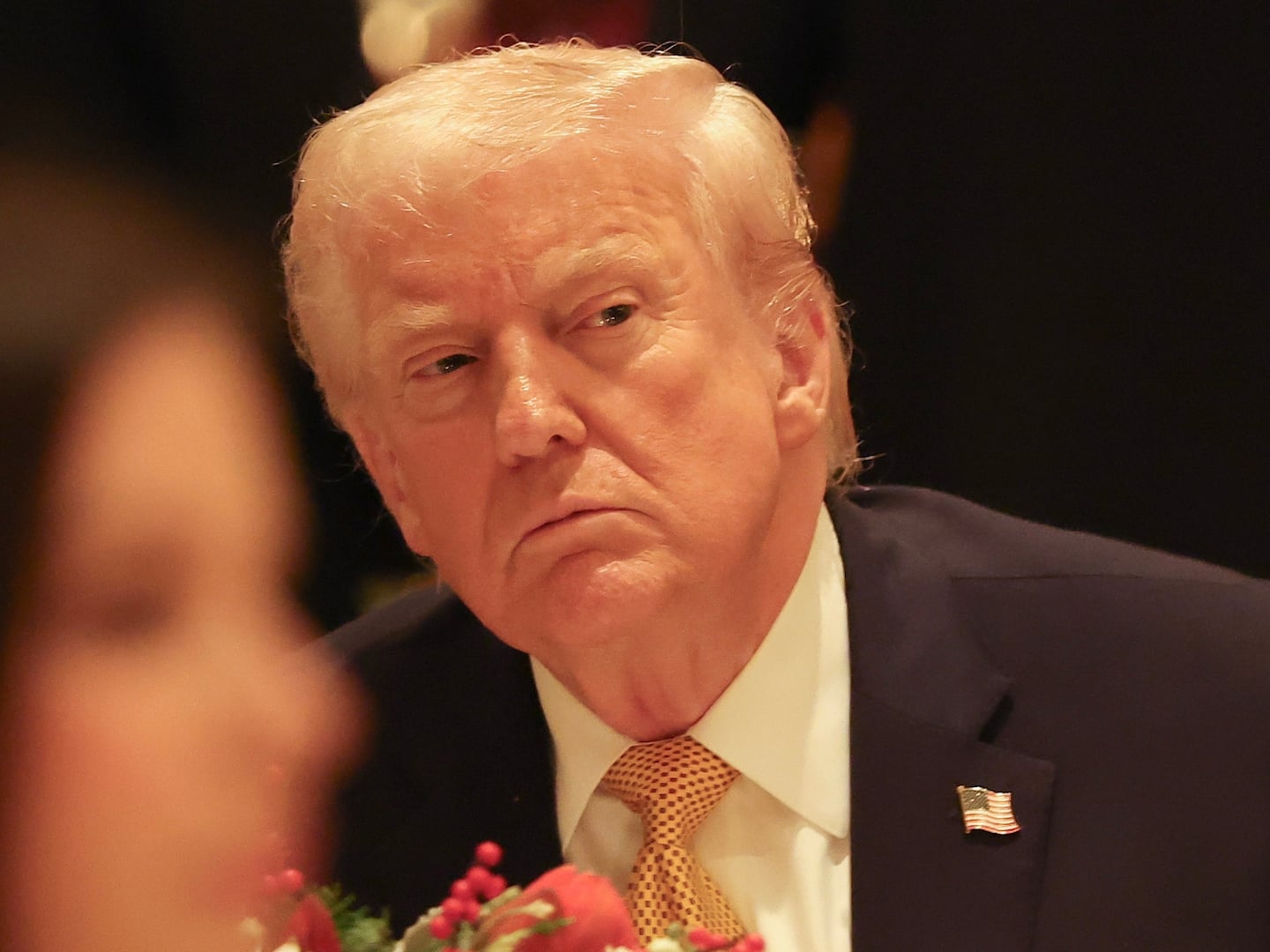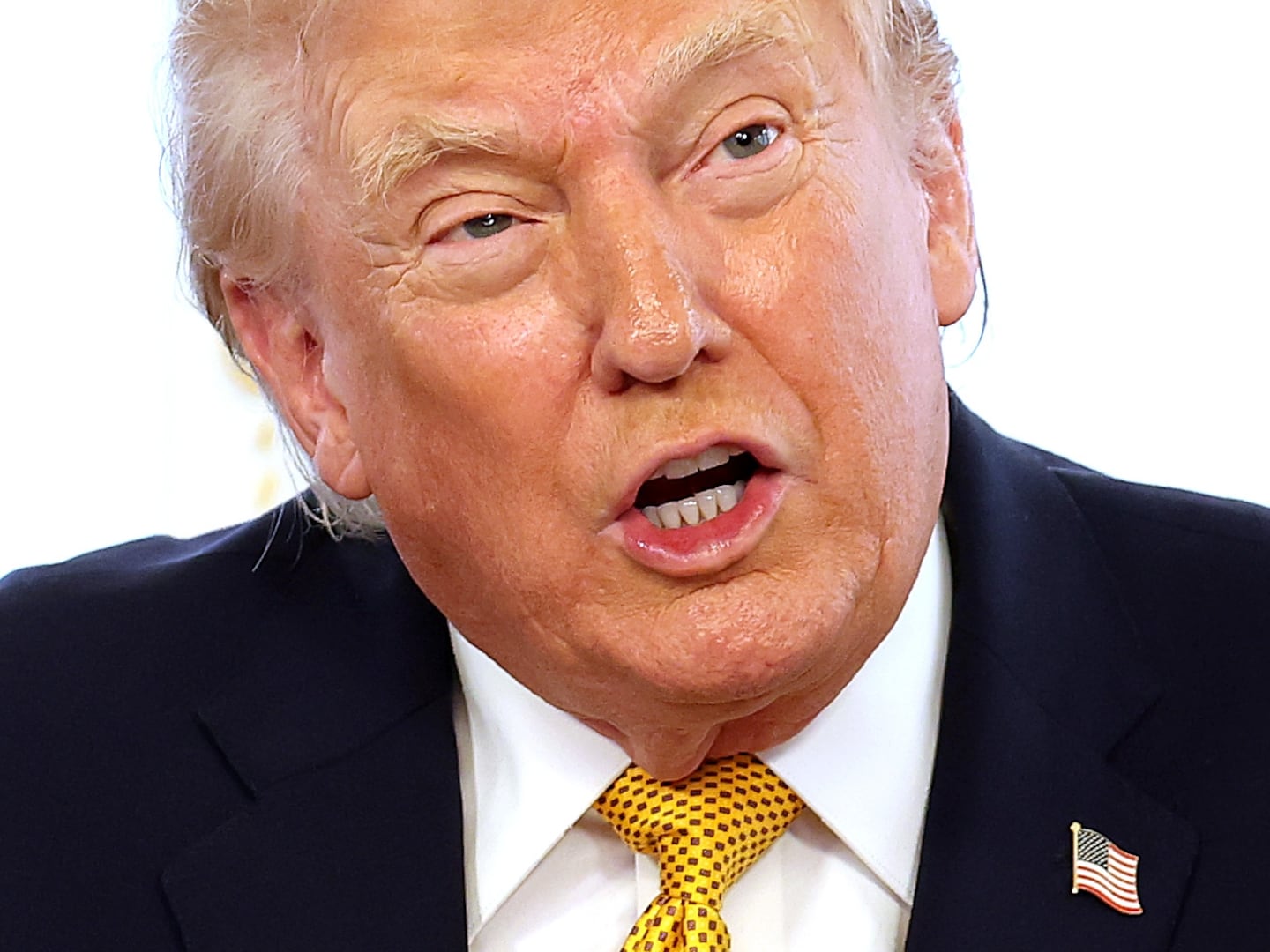
A frame grab from video inside Osama bin Laden’s compound on May 2, 2011, in Abbottabad, Pakistan, obtained exclusively by ABC News, shows what is believed to be bin Laden’s bedroom.

The unidentified body of a man is seen after a raid by U.S. Navy SEAL commandos on the compound where al Qaeda leader Osama bin Laden was killed. Picture taken May 2, 2011.

The unidentified body of a man is seen after a raid by U.S. Navy SEAL commandos on the compound where al Qaeda leader Osama bin Laden was killed. Picture taken May 2, 2011.

The idea of an iconic “image” has changed in the digital age, as evidenced by a video shot by a bystander during a recent Iranian protest. Shortly after a woman identified as “Neda” was shot by a sniper from the plain-clothed Iranian militia known as the Basij, the amateur clip flew around the world, and then back to Iran. The video shows her as she collapses to the ground, her chest pierced by the militiaman's bullet; we briefly see a look of deep fear cross her eyes before they are welled with blood from her nose and mouth. It only makes sense that the Farsi word "Neda" should translate to “voice”: an anonymous student was turned into a global martyr through the power of an image.

One of a series of horrifying and shameful photos that first surfaced in April 2004, this iconic image of a prisoner at Abu Ghraib prison, just outside Baghdad, sparked a public outcry, leading both Americans and the rest of the world to deeply question the U.S.'s involvement in Iraq. It was later revealed that the prisoner shown was told by Army officials that, if he fell off the box, he would be electrocuted. Other images depicted naked prisoners forced into degrading poses while being laughed and pointed at by glib G.I.s. Although Army officials involved in the torture photos were later punished, the human rights' scandal led to a deep resentment and skepticism of the war.
AP Photo
On September 9, 2001, award-winning photojournalist James Nachtwey and six colleagues formed the photo agency VII. The next night, when one of these colleagues missed his return flight to New York, Nachtwey—who happened to live in downtown Manhattan, close to the World Trade Center—agreed to cover for him. This turn of events ultimately led to some of the most arresting, memorable images of 9/11, including the photo featured here—capturing the surreal horror—and humanity—of ground zero. A photographer for Time magazine since 1984, Nachtwey first published many of his images in photo essays for the magazine.
James Nachtwey / VII
Although the scene was captured by four photographers--all of whom published their pictures--this one was by far the most widely circulated of the infamous Tank Man. From his vantage point in the Beijing Hotel, AP photographer Jeff Widener was able to grab one of the most expressive and heroic gestures of the century during protests in Tiananmen Square on June 5, 1989. The brave soul who single/empty-handedly took on a line of tanks would remain anonymous, though individuals would claim the identity for years afterward. "The reason that this is such a powerful image is it's man against the machinery of war," says Phillip Knightley. "The man triumphs in a way. Notice the tank is trying to get around him but not run over him."
AP Photo
Nick Ut's image doesn't need a caption. It depicts Vietnamese villagers fleeing a napalm strike in the late days of the American presence in Vietnam. This image in particular conveys the massive suffering and inhumanity of the napalm bombing runs. "It really doesn't matter who dropped the napalm," says Phillip Knightley. "The facts of the matter are it's a child and she's been napalmed, whether deliberately or accidentally." This was one of the many photographs that forcefully pulled Americans into protest of the Vietnam War.
Nick Ut / AP Photo
This Pulitzer Prize-winning photo was taken at the beginning of the infamous Tet Offensive. Among many others like it, this image was mainly influential in turning American public opinion against the war. "It doesn't need a caption," says Phillip Knightley. "It made people realize it was a brutal war." It depicts South Vietnam's national police chief, Nguyen Ngoc Loan, executing a Northern prisoner said to be a Viet Cong ranking officer. Photographer Eddie Adams had always maintained regret for the photo, feeling that Loan should have been remembered as an American hero. "At the time there was not enough information to know why the colonel was so angry," adds Knightley, "but it emerged later that the VC had killed somebody known to General Loan." Loan died of cancer at his home in Burke, Virginia, in 1998.
Eddie Adams / AP
Alberto Korda's 1960 depiction of Cuban revolutionary Che Guevara has been one of the most reproduced photos in the world, according to the Victoria and Albert Museum. "Guerrillero Heroico" has seeped through practically every nook and cranny of mass culture, signifying everything from subsequent revolutionary forces to the prototypical college dorm room. Korda purportedly was drawn to the then-31-year-old Che's facial expression, which he remembers as displaying "absolute implacability," recounted in Jon Lee Anderson's biography, Che Guevara: A Revolutionary Life.

One of the most reproduced photos in history, along with Che Guevara's portrait, this photo by Joe Rosenthal captured members of Easy Company raising an American flag atop Mt. Suribachi. "Raising the Flag on Iwo Jima" was the only photo ever taken to win a Pulitzer Prize in the same week of its original publication. Contrary to popular understanding, the famed photo actually captures the second flag raising on Iwo Jima that day; the first flag had been too small to see from nearby landing beaches. Of the six infantrymen that raised the flag, three were later killed in battle against the Japanese.
AP Photo
One of the most famous and haunting Holocaust images, this photo depicts a young Jewish boy surrendering to Nazi soldiers during the Warsaw Ghetto Uprising in 1943. It was originally used to illustrate a report that SS General Jugen Stroop compiled later that year, documenting for Himmler how he had crushed the uprising, author Richard Raskin writes in his book A Child at Gunpoint. The soldiers in the photo have been identified, but the boy has not--though several Holocaust survivors have come forth with guesses over the years.
AP Photo
Widely considered one of the finest examples of war photography ever, Robert Capa's shot--as with many famous images--is not without controversy. In 1936, shortly after the outbreak of Spanish Civil War, Capa and his lover (also a photographer) traveled to Spain, tagging along with Republicans in the early days of their long, bloody struggle against the fascists. Like his predecessor, Mathew Brady, Capa's most famous work was rumored to have been staged. In the mid-'90s, a participant in the battle of Cerro Muriano vouched for the photograph's authenticity, saying that he knew the man felled in the picture. But Phillip Knightley says his reporting proves that it was setup. "Capa never made a claim that it was a soldier being shot," says Knightley. "The magazine it was published in, Vu, featured a flowery caption. A year later, Life magazine made up the caption. Capa found himself famous. Does he jump and down and say you're wrong, or does he keep quiet? He kept quiet."
Robert Capa / Magnum
This graphic Civil War image marked the first time a battlefield had ever been photographed before the dead had been buried. The photographer is Alexander Gardner, 41 at the time of the battle; Gardner was employed by Mathew Brady, one of pioneers of photojournalism. Newspapers couldn't reproduce the photographs--Gardner took dozens in all, with the help of his assistant, James Gibson--but woodcuts from the images spread across the country, inducing shock and horror. They were also displayed at Brady's New York gallery. "They were the first photographs of bodies printed," author and war historian Phillip Knightley tells The Daily Beast. "I doubt even today The Washington Post or New York Times would publish such an image." Through the photos, the reality of war was brought home to the public at large.
AP Photo




